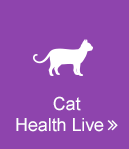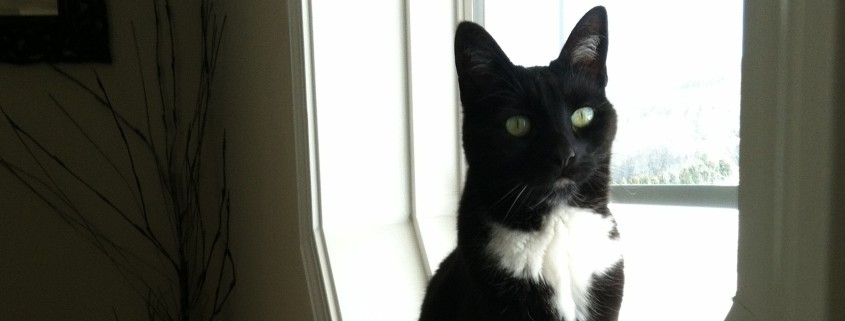Dental Health in Cats
Wild cats evolved hunting and eating small animals. Rough hides, fur and bones of their prey scrubbed their teeth and kept them clean. Today’s commercial canned and kibbled diets do not provide the same benefits to your cat’s teeth so it is important for pet parents to provide good dental health to their cats.
The first sign of dental health problems is gingivitis – inflammation of the gums. Your cat’s gums should be a light pink color. If you see redness along the gum line, that is gingivitis. While a little cat food breath is normal after your cat eats, bad breath is another symptom of dental disease. Swelling, sores, difficulty chewing and loose teeth are much more serious signs of dental problems. Dental problems are very painful and inhibit a cat’s ability to eat. Left untreated cats could lose their teeth. Additionally, research is showing a link between periodontal disease and inflammation of the heart. When a cat’s mouth is full of bacteria, your cat ingests bacteria every time they swallow. Inflamed gums tend to bleed very easily so that bacteria gets into the bloodstream and is introduced to the heart which can lead to a condition called endocarditis.
The best way to keep your cat’s teeth healthy is to bring them to the vet for regular dental cleanings. Brushing your cat’s teeth and providing them with dental treats is another way to help reduce tartar and plaque build-up. The Veterinary Oral Health Council (VOHC) is a group that certifies dental products based on efficacy data so look for products with the VOHC seal of approval.
(Note: Never use human toothpaste on cats because it can be toxic to them!)
Studies
The effect of toothbrushing on periodontal disease in cats.
Diet as a risk factor for feline external odontoclastic resorption.
Cytokine mRNA expression in lesions in cats with chronic gingivostomatitis.


